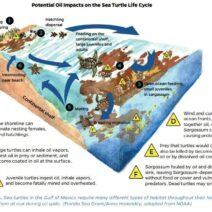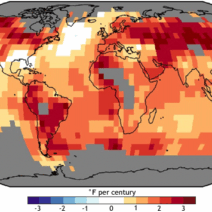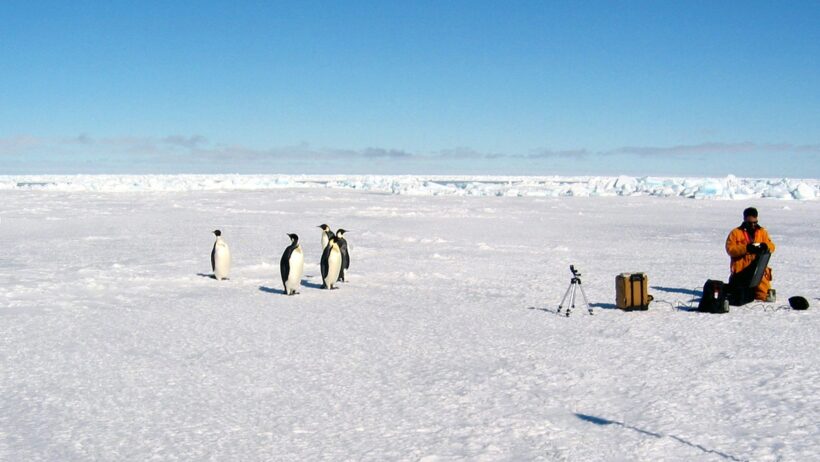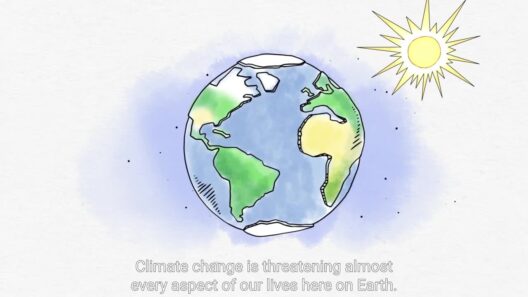In the vast and icy expanse of Antarctica, a curious phenomenon has drawn both fascination and skepticism: the expansion of sea ice. To some, this burgeoning ice sheet serves as a compelling rebuttal to the narrative of global warming, a visual testament that contradicts the equations and forecasts proffered by climate scientists. Yet, the reality is more nuanced, intricately woven into the complex tapestry of our planet’s climate systems. This article aims to unravel the contradictions surrounding Antarctic sea ice and its implications for understanding global warming.
Picture an expansive canvas, painted with slivers of white against the cobalt blue of the ocean: the Antarctic landscape evokes awe and wonder. This frozen frontier is not merely an arctic wonderland; it plays an essential role in Earth’s climatic processes. As the globe warms, one might instinctively assume that ice would melt and seas would rise, yet data indicate that sea ice has expanded in parts of Antarctica over recent decades. But does this expansion fundamentally undermine the overwhelming evidence supporting climate change? The answer lies in deciphering the multifaceted relationship between ice and climate.
First, it is crucial to delineate the difference between sea ice and land ice. While the former floats upon the ocean’s surface and can exhibit fluctuations due to changing atmospheric conditions, the latter, comprising massive glaciers and ice sheets, is a more vulnerable harbinger of climate change. In essence, the expansion of Antarctic sea ice does not equate to the stability of land ice; in fact, the melting of glaciers in West Antarctica and the Thwaites Glacier speaks volumes about the perilous state of the continent’s ice reserves.
As we delve deeper into the climate puzzle, we must address the phenomenon of natural variability. Antarctica is not immune to the cyclical dances between warming and cooling—intermittent oscillations like the El Niño Southern Oscillation can create transient spikes in sea ice extent. Indeed, some scientists posit that changes in wind patterns and atmospheric circulation can lead to localized cooling, ultimately resulting in greater sea ice formation in particular areas. This complexity highlights that the Earth’s climate system is not linear; instead, it operates as a series of interlocking gears, where one shift in mechanism can have cascading effects.
Moreover, we must examine the role of salinity and fresh water in the Southern Ocean. As global temperatures rise, land-based glaciers contribute to an infusion of fresh water into the surrounding seas, which can lower the salinity and affect the formation of sea ice. Often, fresh water creates a stable layer on top of the colder, saltier water below, facilitating the growth of sea ice. In this context, expanding sea ice becomes less an emblem of robust climate health and more reflective of a transient state precipitated by upheaval in the Antarctic ecosystem.
Consider the proverbial tree in the forest: just because it stands tall and seemingly unaffected by the storms of climate change does not mean the forest itself is thriving. The same holds true for the Antarctic ice. The synchronous increase in sea ice does not negate the mounting evidence for global warming; rather, it serves as a reminder that ecological systems are deeply interconnected and that localized phenomena can often mask the broader trajectories of climate change.
Furthermore, the argument that expanding sea ice discredits global warming hinges on isolating data points—often a fallacy in scientific discourse. Climate change operates over extended timescales, and the apparent increase in sea ice may simply be a fleeting anomaly amidst a longer-term trend of diminishing ice volume. As atmospheric temperatures continue to rise, the overall equilibrium may eventually lead to significant declines in both sea ice and land ice—a reality that necessitates vigilance rather than complacency.
One of the most compelling aspects of this discussion is the cognitive dissonance that arises in the public consciousness when confronted with contradictory data. The visual appeal of a thriving Antarctic ice sheet is a potent metaphor for hope, yet it can obscure the impending crises looming in the planet’s climate-neutral zones. Confronting this dissonance requires us to embrace a nuanced understanding of the reality of climate change—a dialectical perspective that allows for the coexistence of expansion and decline within the same geographical region.
In conclusion, the expansion of Antarctic sea ice does not disprove global warming; rather, it exemplifies the intricate relationships within Earth’s climate system. We must move beyond simplistic narratives that rely on isolated data points and engage with the complex interplay of factors influencing climate dynamics. As stewards of the planet, it is imperative to cultivate awareness of these subtleties. Echoing the artistic imagery of a painter’s palette, climate change is not merely black and white, but a spectrum infused with vibrant shades of gray. To address the challenges that lay ahead, we must equip ourselves with a comprehensive understanding that honors the interconnectedness of all climatic phenomena. Only then can we devise effective strategies to combat the ramifications of a warming world and safeguard the extraordinary ecosystems that define our planet.








